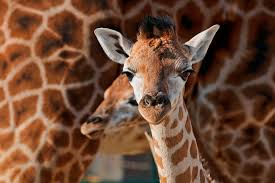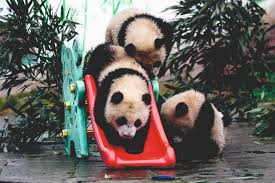Booklet: Wild Animals - Strip of 5 (United States of America 1992)
Wild Animals - Strip of 5 (United States of America 1992)
01 October (United States of America ) within release Unexploded Booklets goes into circulation Booklet Wild Animals - Strip of 5 face value 5.80 United States dollar
| Booklet Wild Animals - Strip of 5 in catalogues | |
|---|---|
| Stamp Number: | Sn:US BK202 |
Booklet is square format.
|
Data entry completed
46%
|
|
|---|---|
| Booklet Wild Animals - Strip of 5 in digits | |
| Country: | United States of America |
| Date: | 1992-10-01 |
| Emission: | Definitive |
| Format: | Booklet |
| Face Value: | 5.80 United States dollar |
Booklet Wild Animals - Strip of 5 it reflects the thematic directions:
Birds (Aves), a subgroup of Reptiles, are the last living examples of Dinosaurs. They are a group of endothermic vertebrates, characterised by feathers, toothless beaked jaws, the laying of hard-shelled eggs, a high metabolic rate, a four-chambered heart, and a strong yet lightweight skeleton. Birds live worldwide and range in size from the 5 cm (2 in) bee hummingbird to the 2.75 m (9 ft) ostrich. They rank as the class of tetrapods with the most living species, at approximately ten thousand, with more than half of these being passerines, sometimes known as perching birds. Birds are the closest living relatives of crocodilians.
The giraffe is a large African hoofed mammal belonging to the genus Giraffa. It is the tallest living terrestrial animal and the largest ruminant on Earth. Traditionally, giraffes have been thought of as one species, Giraffa camelopardalis, with nine subspecies. Most recently, researchers proposed dividing them into up to eight extant species due to new research into their mitochondrial and nuclear DNA, and individual species can be distinguished by their fur coat patterns. Seven other extinct species of Giraffa are known from the fossil record
Animals are multicellular, eukaryotic organisms of the kingdom Animalia (also called Metazoa). All animals are motile, meaning they can move spontaneously and independently, at some point in their lives. Their body plan eventually becomes fixed as they develop, although some undergo a process of metamorphosis later on in their lives. All animals are heterotrophs: they must ingest other organisms or their products for sustenance.
The giant panda (Ailuropoda melanoleuca), also known as the panda bear or simply panda, is a bear species endemic to China. It is characterised by its black-and-white coat and rotund body. The name "giant panda" is sometimes used to distinguish it from the red panda, a neighboring musteloid. Adult individuals average 100 to 115 kg (220 to 254 lb), and are typically 1.2 to 1.9 m (3 ft 11 in to 6 ft 3 in) long. The species is sexually dimorphic, as males are typically 10 to 20% larger. The fur is white, with black patches around the eyes, ears, legs and shoulders. A thumb is visible on the bear's forepaw, which helps in holding bamboo in place for feeding. Giant pandas have adapted larger molars and expanded temporal fossa to meet their dietary requirements.




